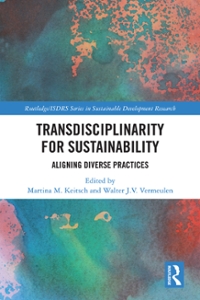Question
How, in general terms, does Raworth propose that social foundations be achieved without exceeding planetary boundaries (i.e., how we can stay within the dough part
How, in general terms, does Raworth propose that social foundations be achieved without exceeding planetary boundaries (i.e., how we can stay within the "dough" part of the doughnut".
What does Hickel find about how many, and which, countries are currently in the "dough" part of Raworth's doughnut? On the basis of Hickel's paper, are you as confident as Raworth is that it is possible to achieve a good life for all within planetary boundaries?Why/why not?Are there factors and forces that Raworth and Hickel do not address which might make it harder to do so? What and how?
Please only answer the question with the references provided below.
Kate Raworth (2012) "A safe and just space for humanity". Oxfam Discussion Paper [for more technical background see Will Steffen et al 2015 "Planetary boundaries: guiding human development on a changing planet" Sciencevol 347 issue 6223; on current uptake of Raworth's ideas see D. Boffey"Amsterdam to embrace 'doughnut' model to mend post-coronavirus economy" The Guardian 8 April 2020
Jason Hickel (2018): "Is it possible to achieve a good life for all within planetary
boundaries?", Third World Quarterly"
Jason Hickel (2019) "Degrowth: a theory of radical abundance" Real World Economics Review 87: 54-68
Step by Step Solution
There are 3 Steps involved in it
Step: 1

Get Instant Access to Expert-Tailored Solutions
See step-by-step solutions with expert insights and AI powered tools for academic success
Step: 2

Step: 3

Ace Your Homework with AI
Get the answers you need in no time with our AI-driven, step-by-step assistance
Get Started


